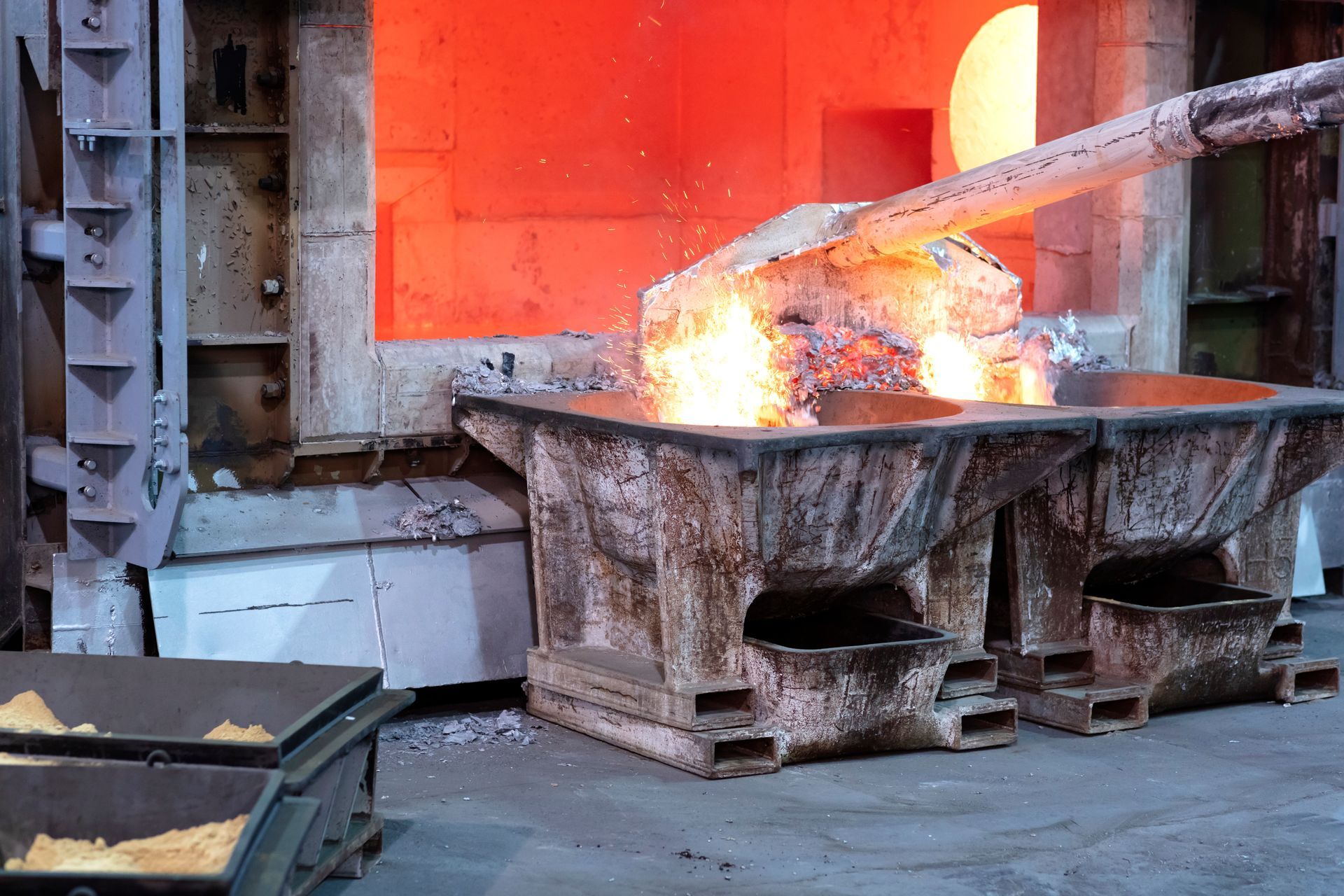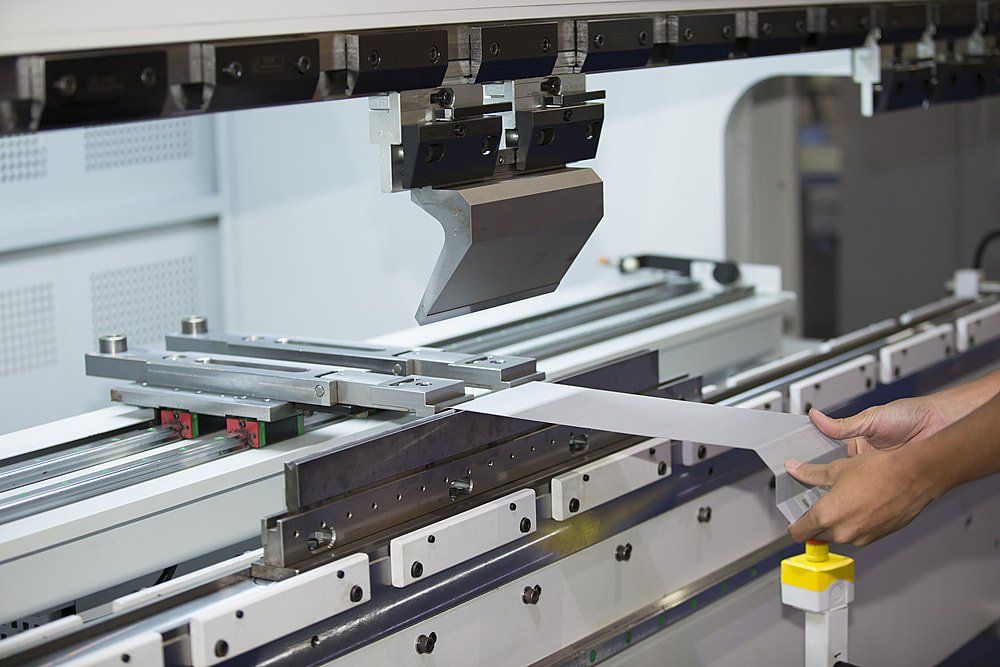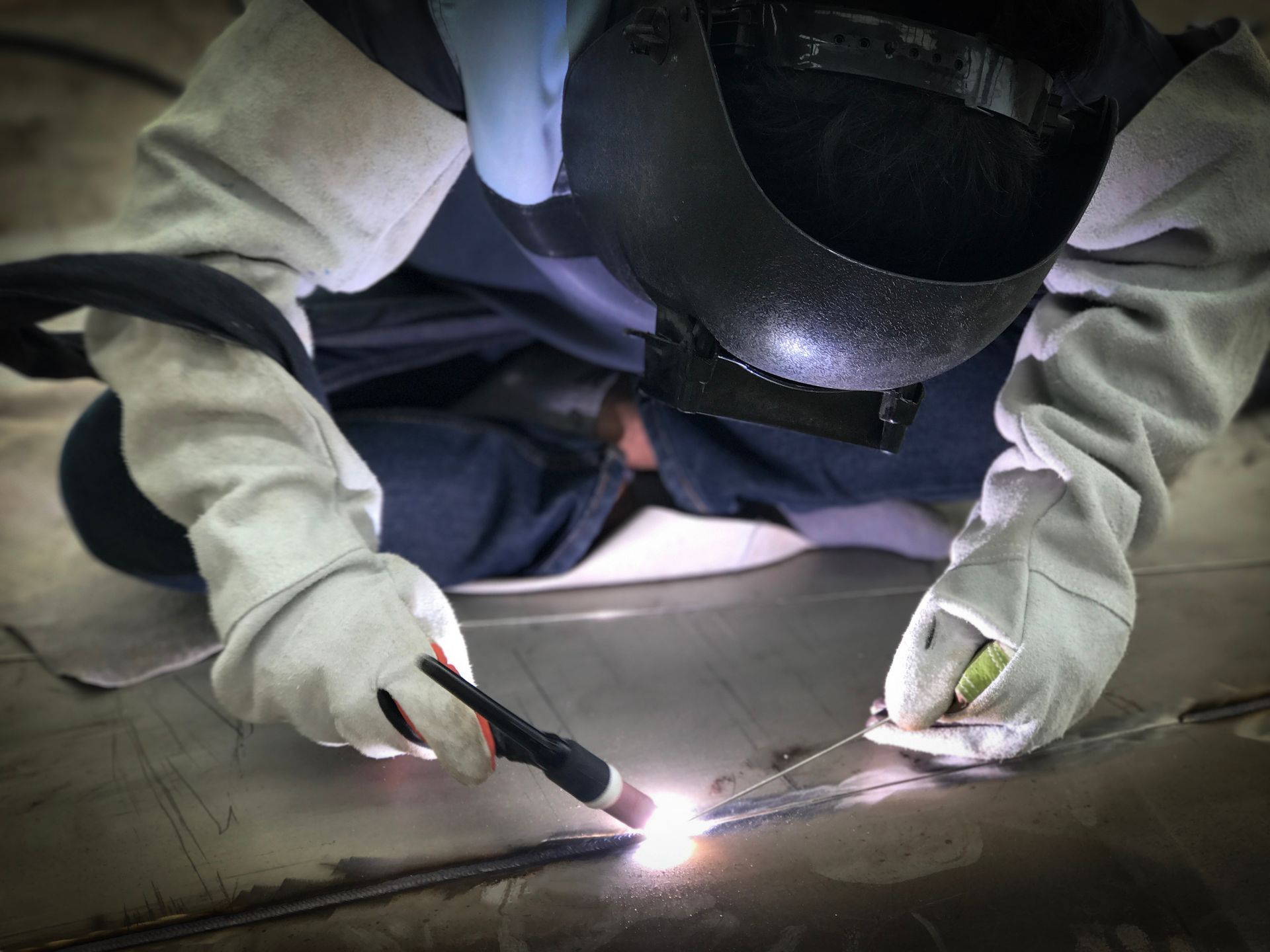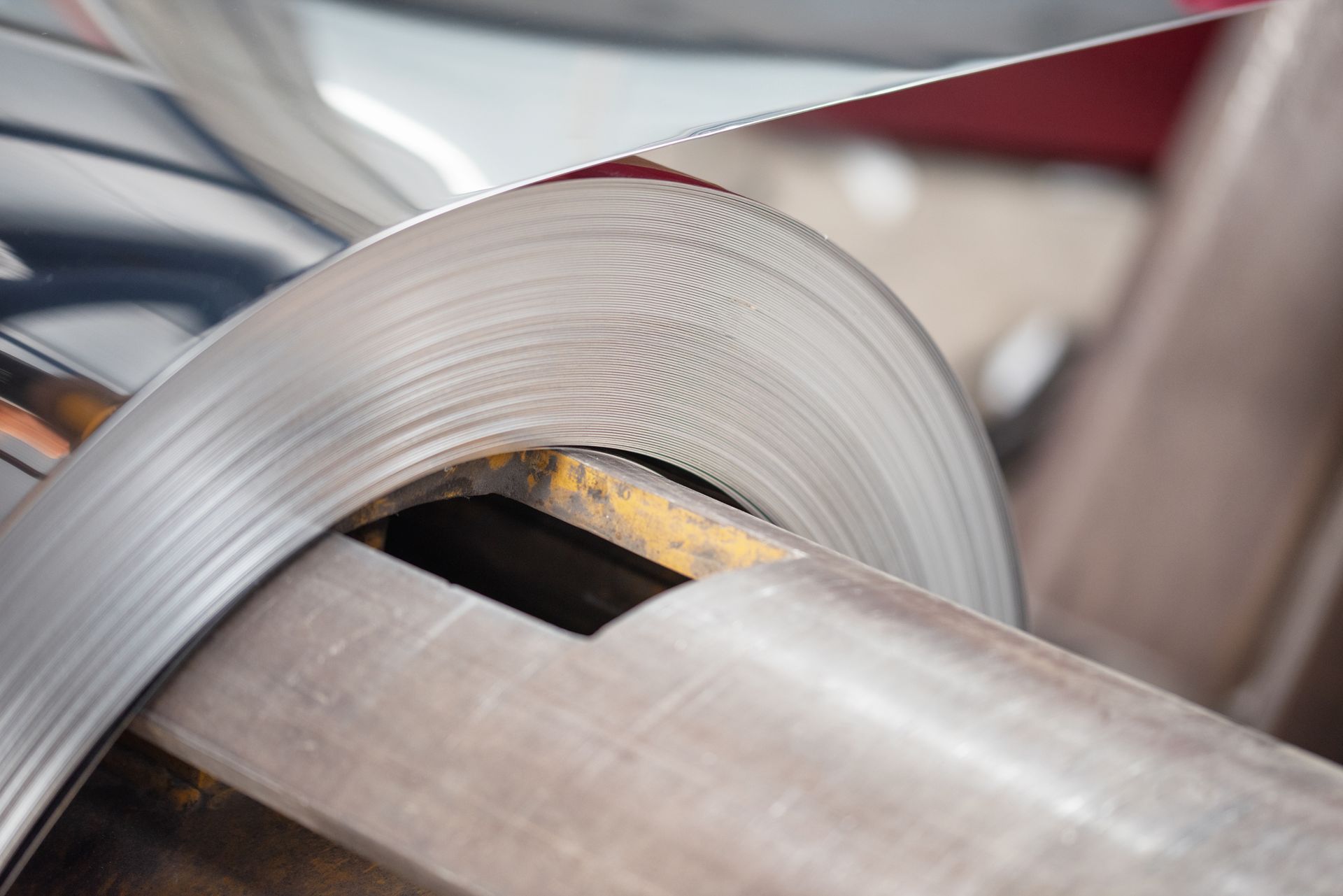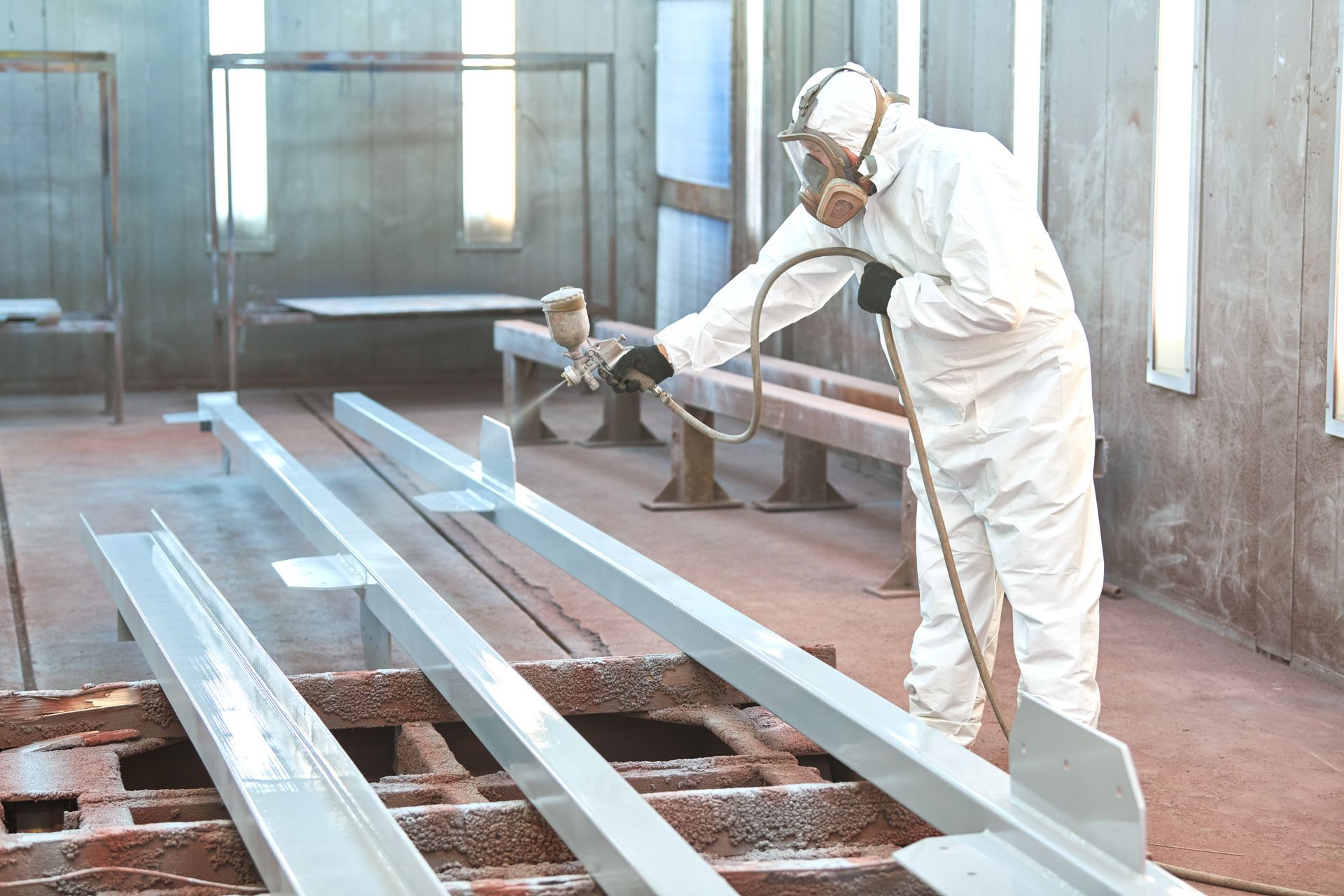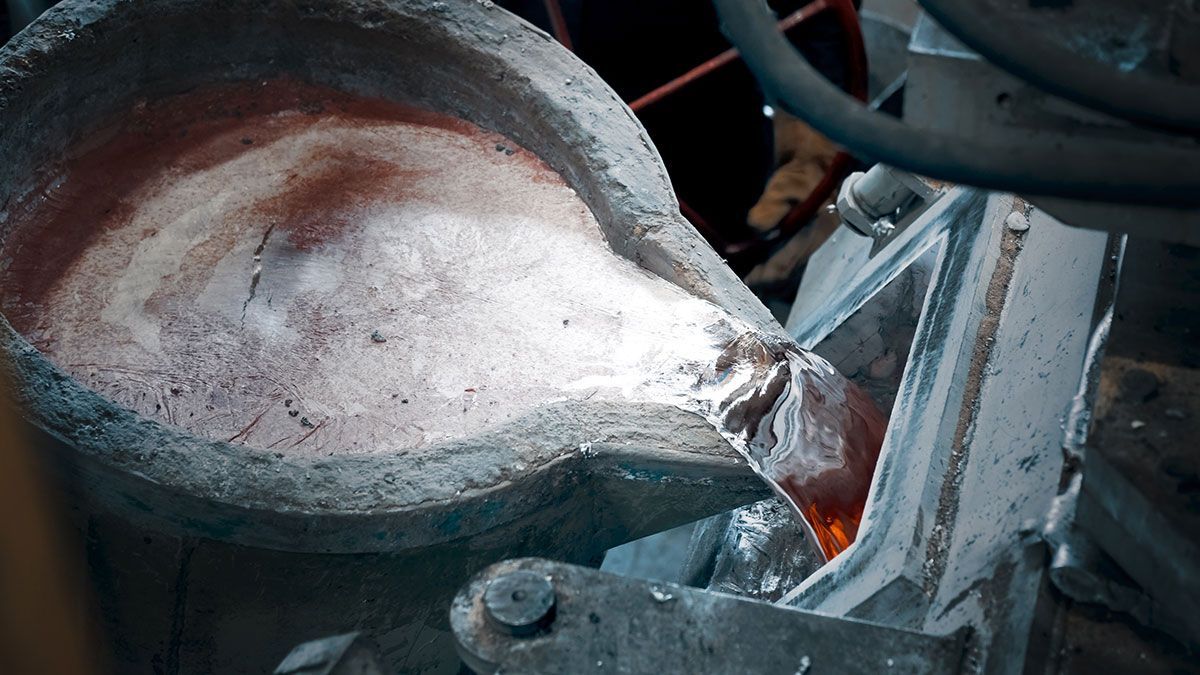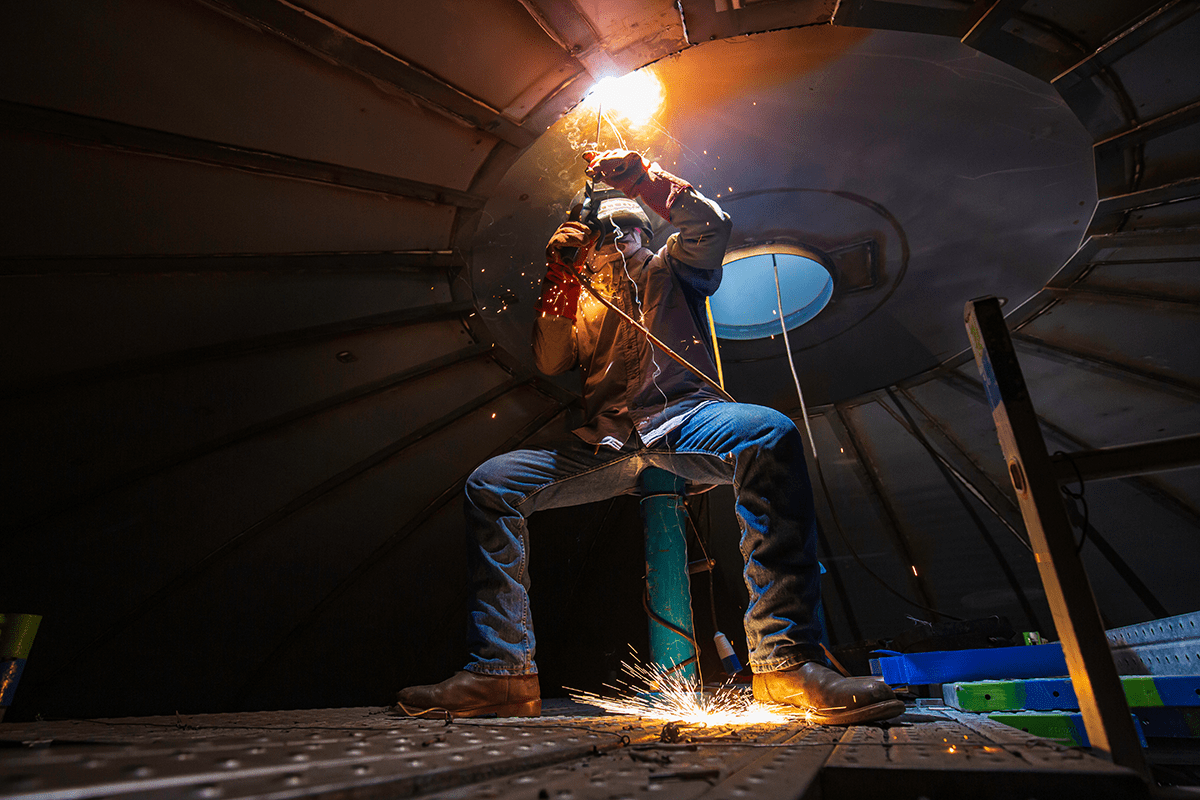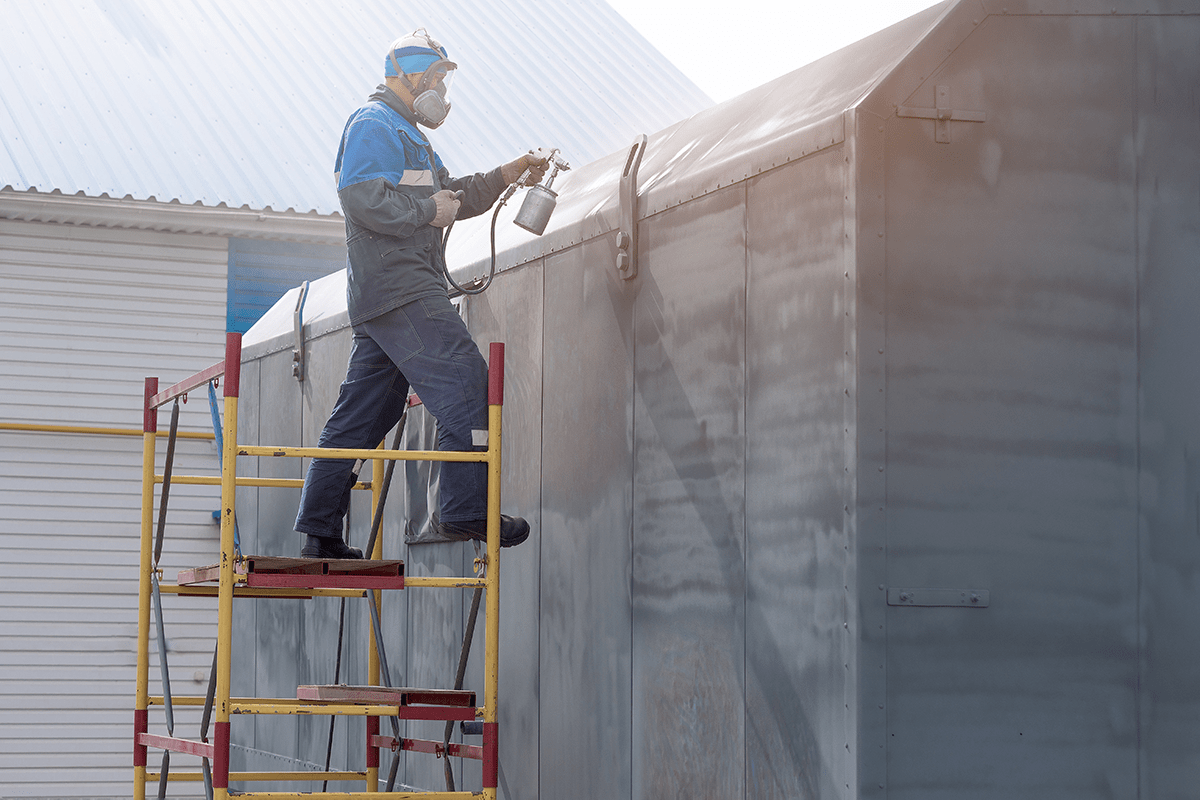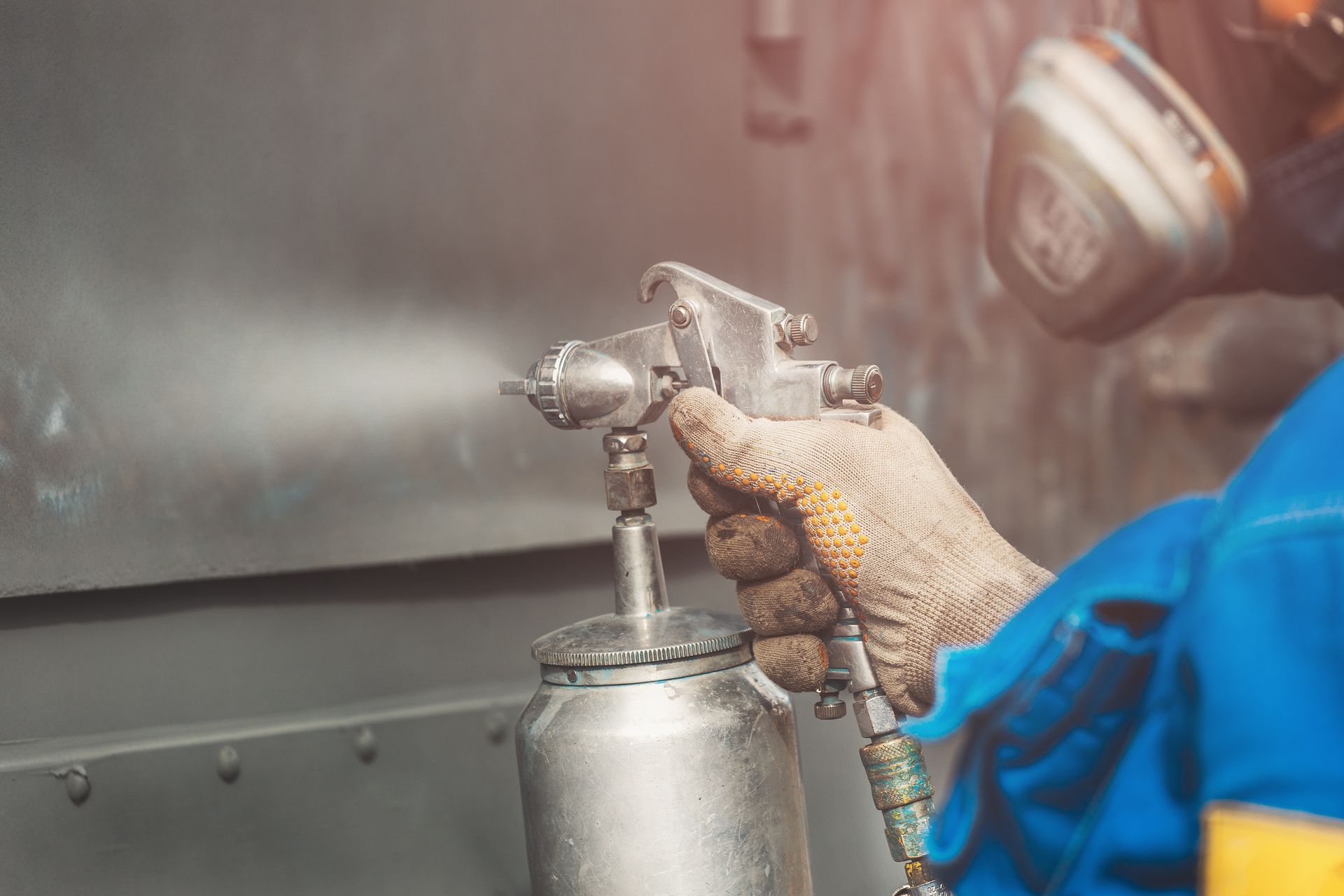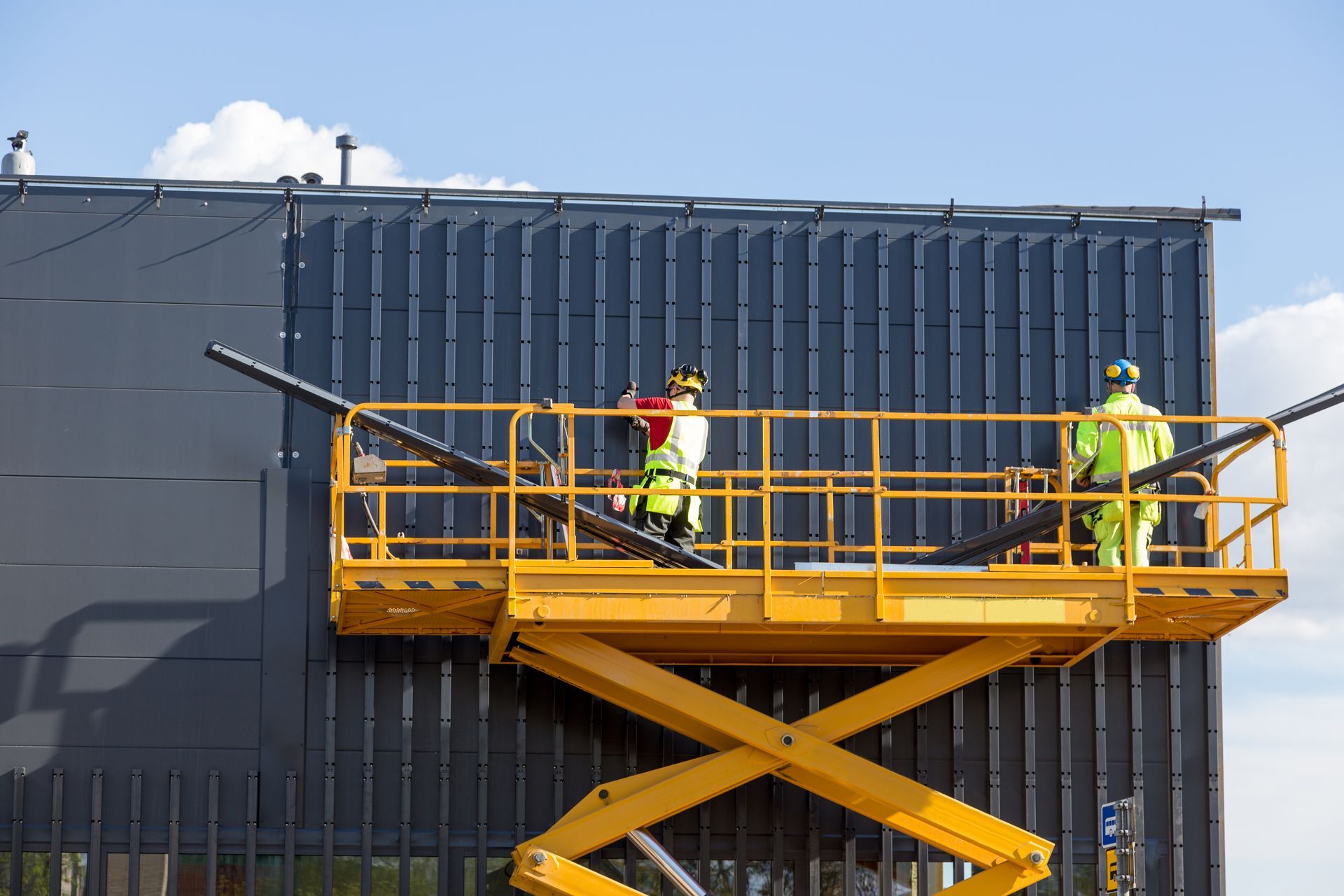6 Steps In The Custom Metal Fabrication Process
Need some hinges for your door? A railing for those outdoor stairs? A commercial refrigerator for your restaurant? Parts of a car? Well, metal fabricators do all of this and more!
From appliances and light fixtures to desk tools, chairs, and utensils, metal is the stabilizing element that makes all of today’s conveniences possible.
What Exactly Is Metal Fabrication?
Metal fabrication is taking a raw material, typically sheets of metal, through a series of processes to create a finished end product.
Virtually every industry relies on metal fabrication to operate efficiently, create the tools they need, develop products, etc.
As you can see, it is a very broad industry that helps supply almost every other industry with custom fabricated metal!
What Are The Steps In The Process Of Custom Metal Fabrication?
Because the metal fabrication business has applications in nearly every industry, there are many different processes and techniques that are used to create an endless variety of products. They include:
Cutting
When it comes to custom metal fabrication, cutting plates and sheet metal often involves laser cutting, mechanical shearing, and water jet cutting.
Naturally, there is a very low tolerance for error in any metalworking project, so choosing the right method for cutting the plate and sheet metal is very important.
The type of metal must be considered as well as the intended purpose and degree of precision required. The thickness and hardness of the metal is also an important factor to consider.
Mechanical shearing and other types of metal cutting methods are best when the sheet metal is very thick and requires more physical force.
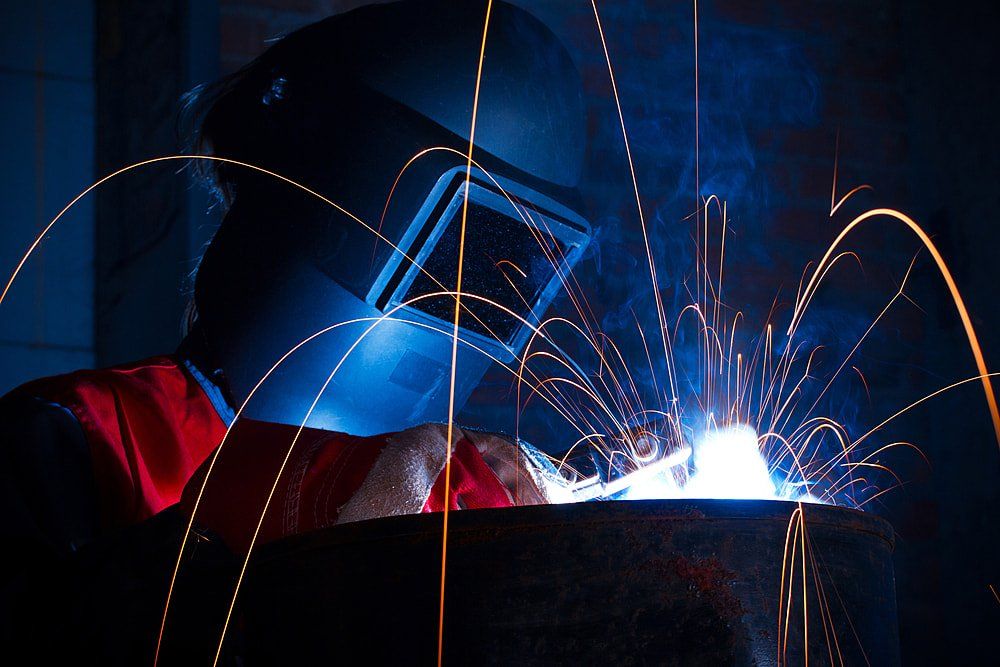
Welding
Welding refers to the process of joining materials—typically metals such as aluminium, cast iron, steel, and stainless steel—together using high heat and pressure.
There are many welding methods available—including tungsten inert gas (TIG) welding, metal inert gas (MIG) welding, shielded metal arc welding (SMAW), and flux-cored arc welding (FCAW)—all of which entail different welding materials and skill requirements.
Custom metal fabrication shops can employ different methods depending on the size and complexity of the welding project.
Machining
Machining is a subtractive process, meaning it creates parts and products by removing material from the workpiece.
While some manufacturers continue to use manual machining technologies, many are turning to computer-controlled machining equipment, which offers tighter tolerances, greater consistency, and faster processing speed.
Two of the most common CNC machining processes are CNC milling and CNC turning.
CNC milling operations rely on rotating multi-point cutting tools to remove excess metal from a workpiece. While the process is often used as a finishing procedure, it can be used to complete an entire project.
CNC turning operations use single-point cutting tools to remove material from the surface of a rotating workpiece. This process is ideal for the creation of cylindrical components with precise internal and external elements.
Punching
Punching operations utilize specialized tooling (i.e., punch and die sets) and equipment (i.e., punch presses) to cut out sections from flat workpieces in medium to high production runs.
CNC punching equipment is used for light and heavy metalworking applications.
Stamping
Akin to punching, stamping involves creating indentations in metal, instead of holes with the use of a press or handheld hammer.
The most common applications for stamping are creating letters, shapes, and images.
Shearing
Straight upper and lower cutting blades, or a punch and die, are used to make a long cut and split sheet metal into two portions.
It is also known as die-cutting. This process is used to cut straight lines on the flat metal stock. During the shearing process, an upper blade and a lower blade are forced past each other with the space between them determined by a required offset.
Shearing is the process of making a long cut on a piece of metal. It is, in effect, just like the action of one of those paper cutters with the long chop-handle. This is done on sheet metal.
Choose a custom metal fabrication provider you can trust
You expect a lot out of your custom metal requirements. That's why we work closely with skilled technicians to create custom designed, precision-manufactured custom metal for your business.
Most importantly, we'll work alongside you and your team to understand and define your exact requirements, and this process ensures that we provide the best solution to your unique requirements.
Why not give Choong Ngai Engineering a try? Learn more about our services and previous projects at www.choonngaiengineering.com
